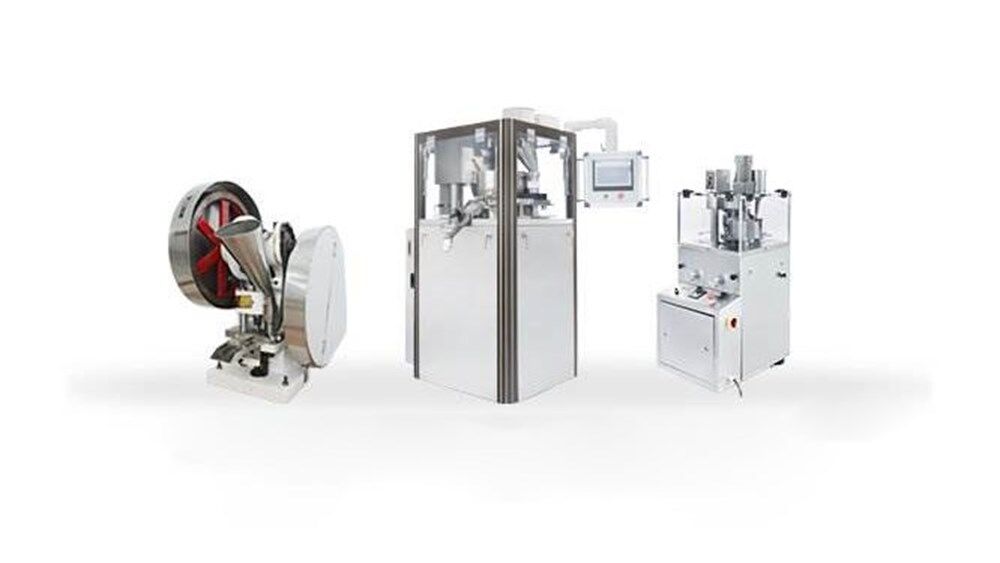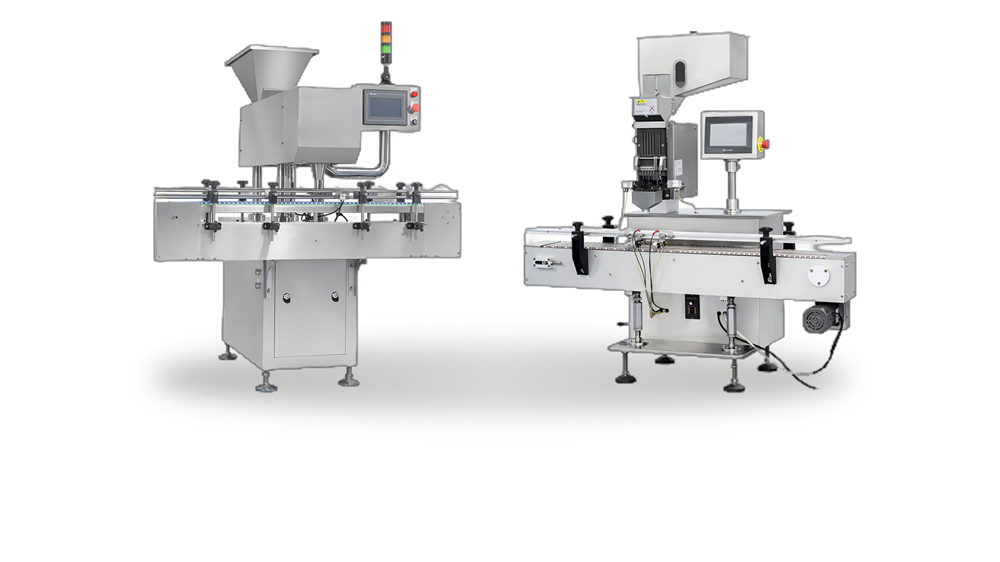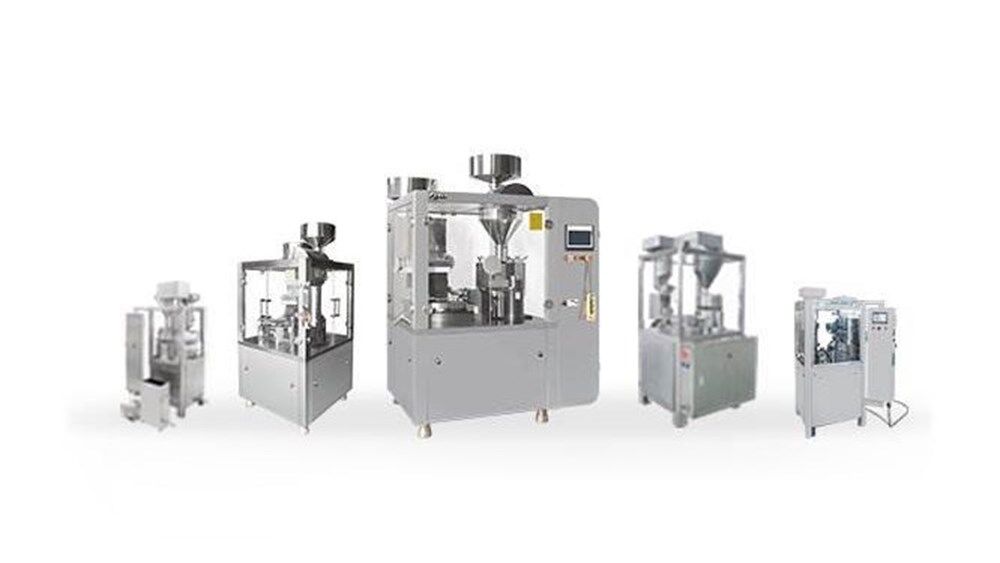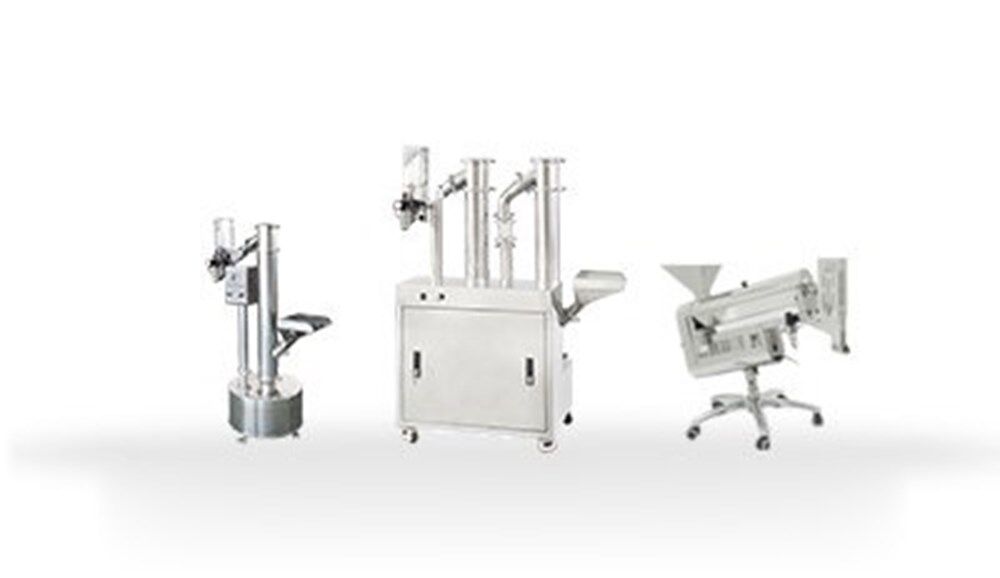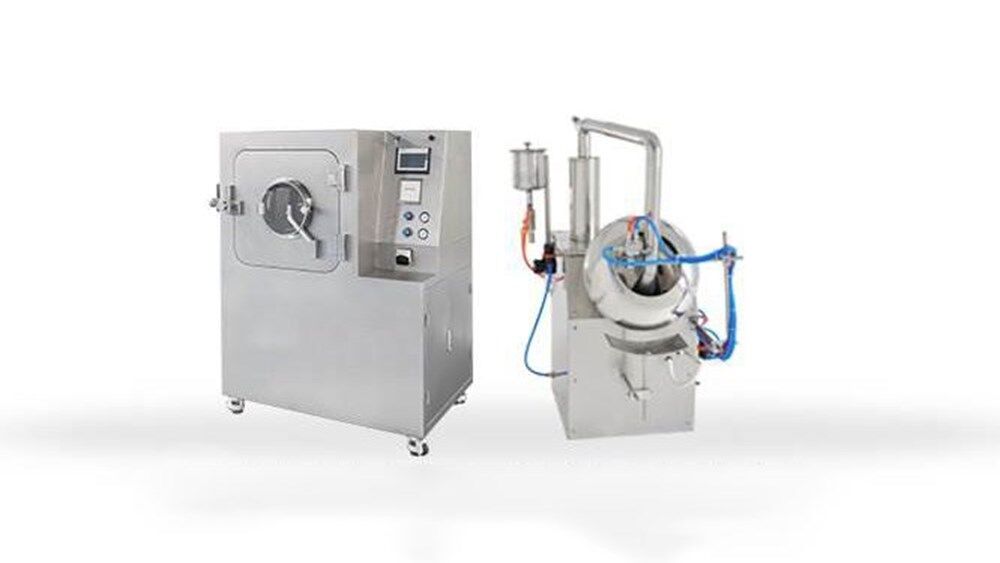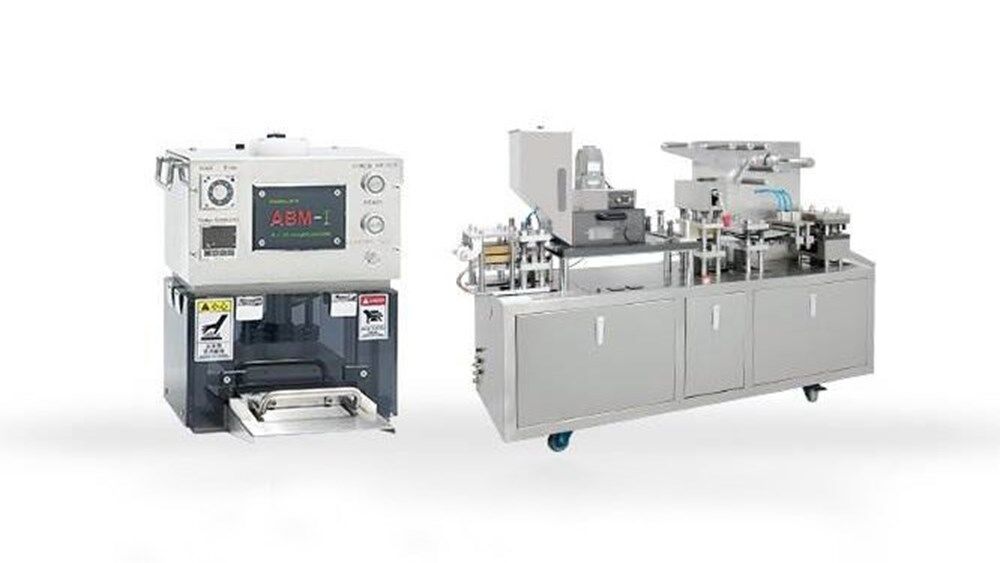An Informative Guide to the Different Types of Tablets
Whether as medications or supplements, a tablet is more than just a pill to swallow—it can be made to play various roles. For manufacturers and consumers, understanding the different types of tablets is crucial. Each tablet type is crafted to meet specific health needs, from how fast medicine is released into your body to how you actually take it. Knowing these details helps you innovate and improve your products. Today, let's explore diverse types of tablets and their benefits and uses.
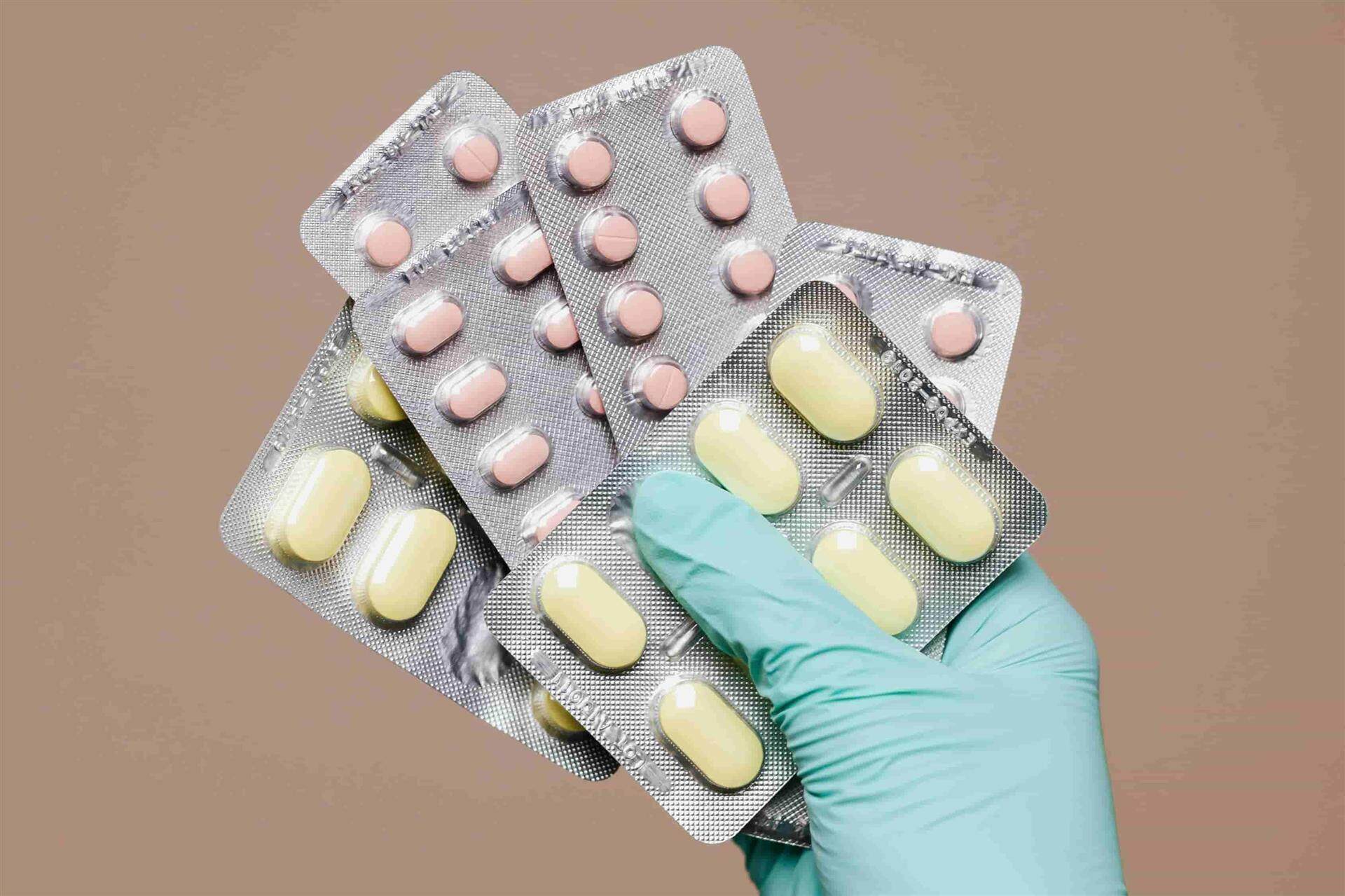
What are the Different Types of Tablets?
What's the way in which a tablet is delivered into your body? How is the drug taken? When would it released in the body? All these can be considered the factors used to classify tablets. In this section, let's take a closer look at these different types of tablets:
Classification by Route of Administration
1. Oral Tablets:

‐ What They Are: These are the most common form of tablets. They are meant for swallowing. They provide convenience for routine dosing.
‐ What the Drug Needs: The formulation must be stable. This allows the drug to be absorbed in the intended site in the body.
‐ How They Work: These tablets typically mix APIs (active pharmaceutical ingredients) with excipients (inactive ingredients).
‐ Example: Tylenol (acetaminophen)
2. Buccal Tablets:
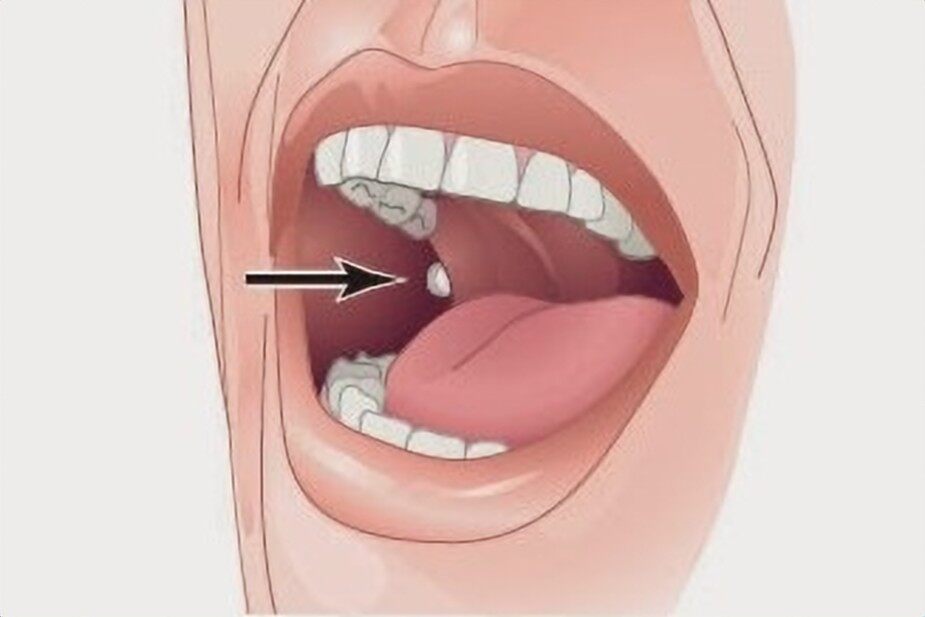
‐ What They Are: These tablets are designed to dissolve in the cheek or between the gum and lip. They can be administered without needing water and take effect quickly.
‐ What the Drug Needs: The formulation should dissolve in saliva. As the tablets are released in the oral cavity, they must not have sharp corners or strong tastes.
‐ How They Work: These tablets often contain ingredients to help them stick to the mucous membrane in the mouth.
‐ Examples: Testosterone, Fentanyl
3. Sublingual Tablets:
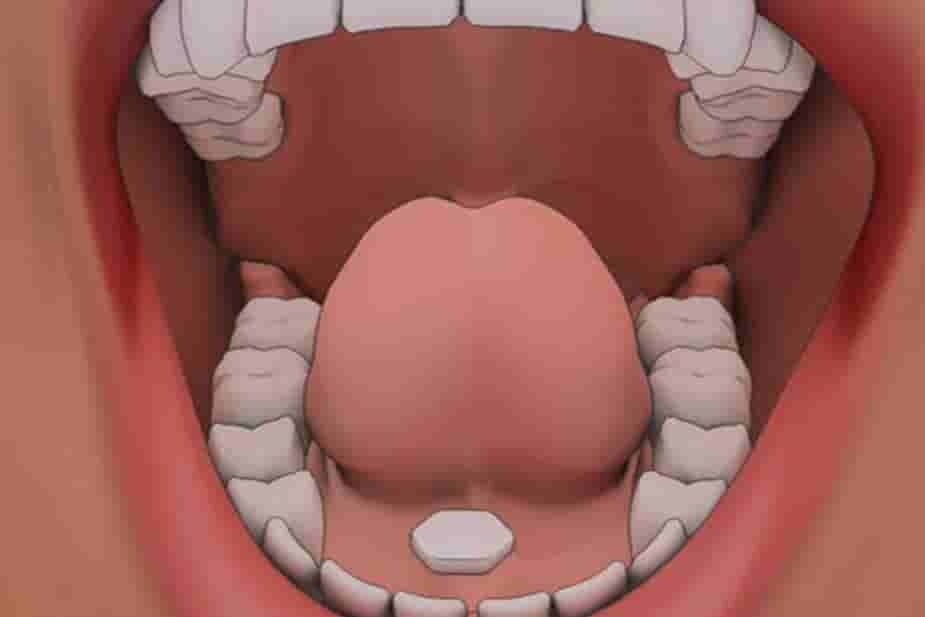
‐ What They Are: Similar to buccal tablets, these are administered without water. They are placed under the tongue to allow rapid absorption into the bloodstream and bypass the digestive system. They also can achieve a quick onset of action.
‐ What the Drug Needs: The formulation must dissolve quickly in saliva. It should come with a pleasant or neutral taste.
‐ How They Work: These tablets are small and soluble for rapid release and absorption.
‐ Examples: Vitamin B12, isoprenaline
4. Orally Disintegrating Tablets (ODTs):
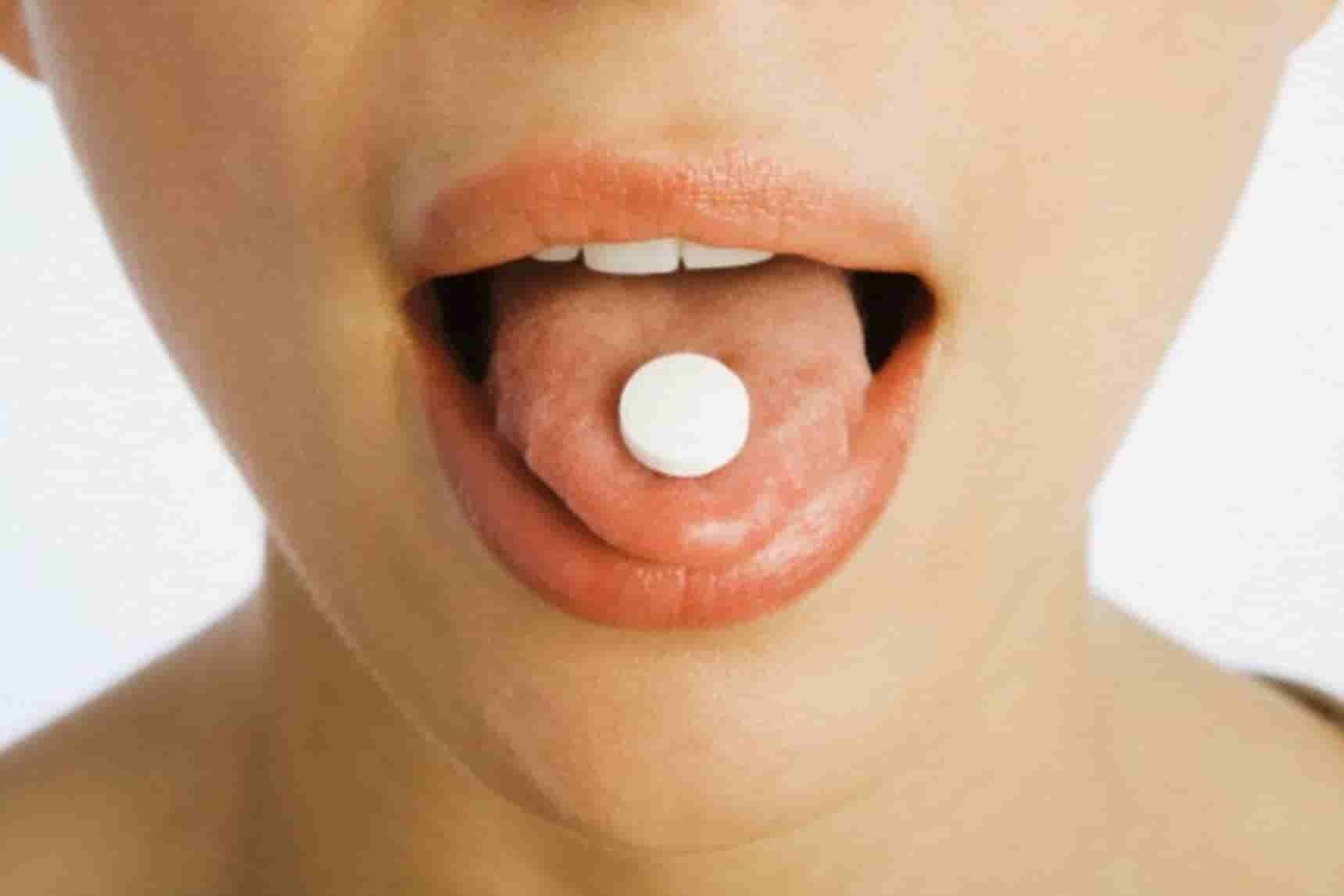
‐ What They Are: These tablets are very patient-friendly for those who have difficulty swallowing. They dissolve on the tongue.
‐ What the Drug Needs: The formulation must break down quickly. Also, it should be stable when exposed to saliva.
‐ How They Work: These tablets are formulated to disintegrate within 60 seconds.
‐ Example: Clonazepam
Classification by Release Characteristics
1. Immediate Release (IR) Tablets:
‐ What They Are: As the name implies, IR tablets are released fast. They break down as soon as coming into contact with body fluids.
‐ What the Drug Needs: The formulation must dissolve quickly in the stomach.
‐ How They Work: These tablets disintegrate rapidly and release the active ingredient right away.
‐ Example: Tylenol
2. Controlled Release (CR) Tablets:
‐ What They Are: These tablets release the drug gradually over a specified period. They reduce dosing frequency.
‐ What the Drug Needs: They are often used for chronic conditions because patients need to maintain a constant drug concentration in their bloodstream.
‐ How They Work: The release rate is often managed by a special coating that controls drug diffusion.
‐ Example: Oxycodone CR
3. Extended Release (XR) or Sustained Release (SR) Tablets:
‐ What They Are: XR and SR tablets release the drug over an extended period. However, they may not maintain the same release rate throughout the process.
‐ What the Drug Needs: Similar to CR tablets, they are suitable for conditions that require long-term dosing without frequent intake.
‐ How They Work: These tablets also come with coatings for extended delivery.
‐ Examples: Methylin ER, Ritalin CR
4. Delayed Release (DR) Tablets:
‐ What They Are: These tablets delay the release of the drug later after administration. They're often drugs that can irritate the stomach.
‐ What the Drug Needs: They should be coated. The drug's coating allows it to pass through the stomach's acidic environment and reach the small intestines.
‐ How They Work: They're often enteric-coated tablets. The coating allows them to be released when they reach the target area.
‐ Examples: Enteric-coated aspirin, delayed-release prednisone
Classification by Mode of Administration
1. Effervescent Tablets:
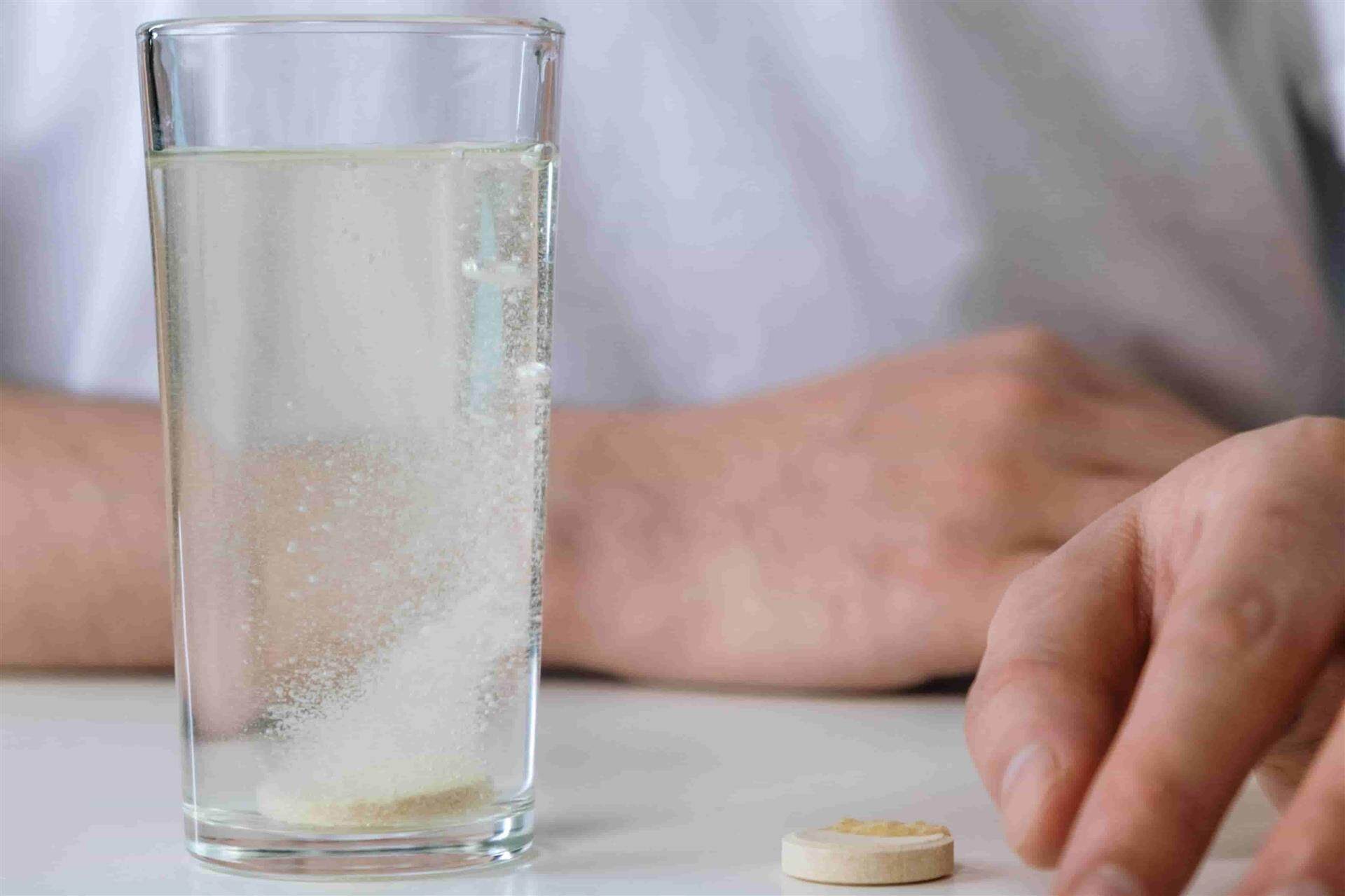
‐ What They Are: These are often large and unsuitable for swallowing whole. They fizz and dissolve in water before being ingested. After dissolving, they turn into a glass of drink and are absorbed rapidly.
‐ What the Drug Needs: The formulation must require water to dissolve.
‐ How They Work: The tablets contain effervescent agents. These substances produce gas (like carbon dioxide) when they come into contact with water. The tablets often have flavors and colors to taste better.
‐ Examples: Zantac effervescent tablets, Fentanyl effervescent buccal tablets
2. Chewable Tablets:

‐ What They Are: These tablets are designed to be chewed. They are often used by children and patients with difficulty swallowing.
‐ What the Drug Needs: The formulation should taste pleasant and can be chewed easily.
‐ How They Work: These tablets usually contain sweeteners. This makes them easier and more enjoyable to chew.
‐ Example: Amoxicillin chewable tablets
3. Dispersible Tablets:

‐ What They Are: These are designed to disperse in a small amount of water before administration. They don't fizz when dissolving in water.
‐ What the Drug Needs: The formulation should disperse rapidly and remain stable in water.
‐ How They Work: They contain disintegrants that help the tablets break apart quickly.
‐ Example: Amoxicillin dispersible tablets
4. Lozenges:
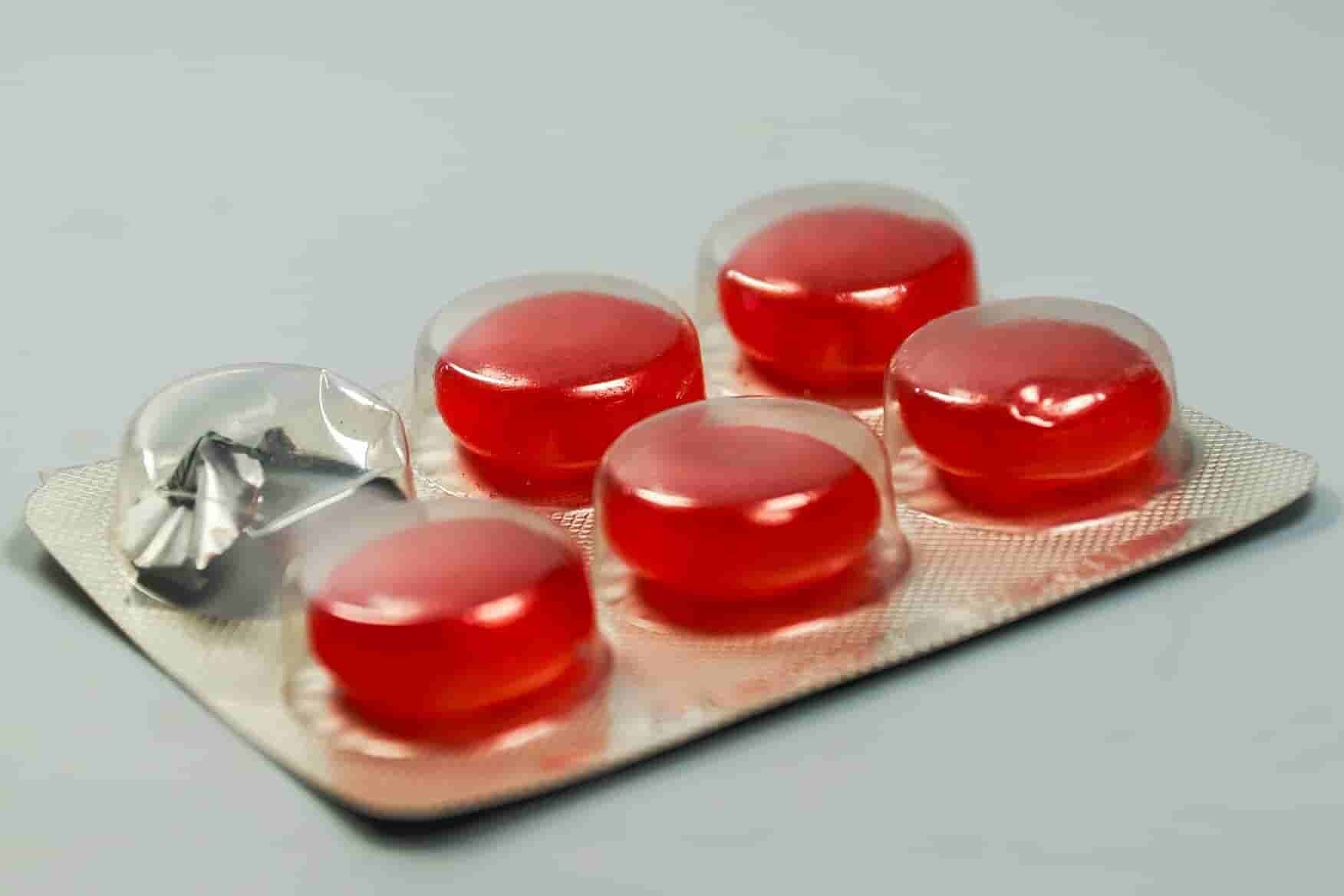
‐ What They Are: Lozenges are meant to dissolve slowly in the mouth. These tablets release the drug gradually.
‐ What the Drug Needs: The formulation should be soluble in saliva.
‐ How They Work: Lozenges don't contain disintegrants. This means they dissolve at a slow rate as they are sucked.
‐ Examples: Cough drops, vitamin supplements
Classification by Type of Coating
1. Sugar-Coated Tablets:
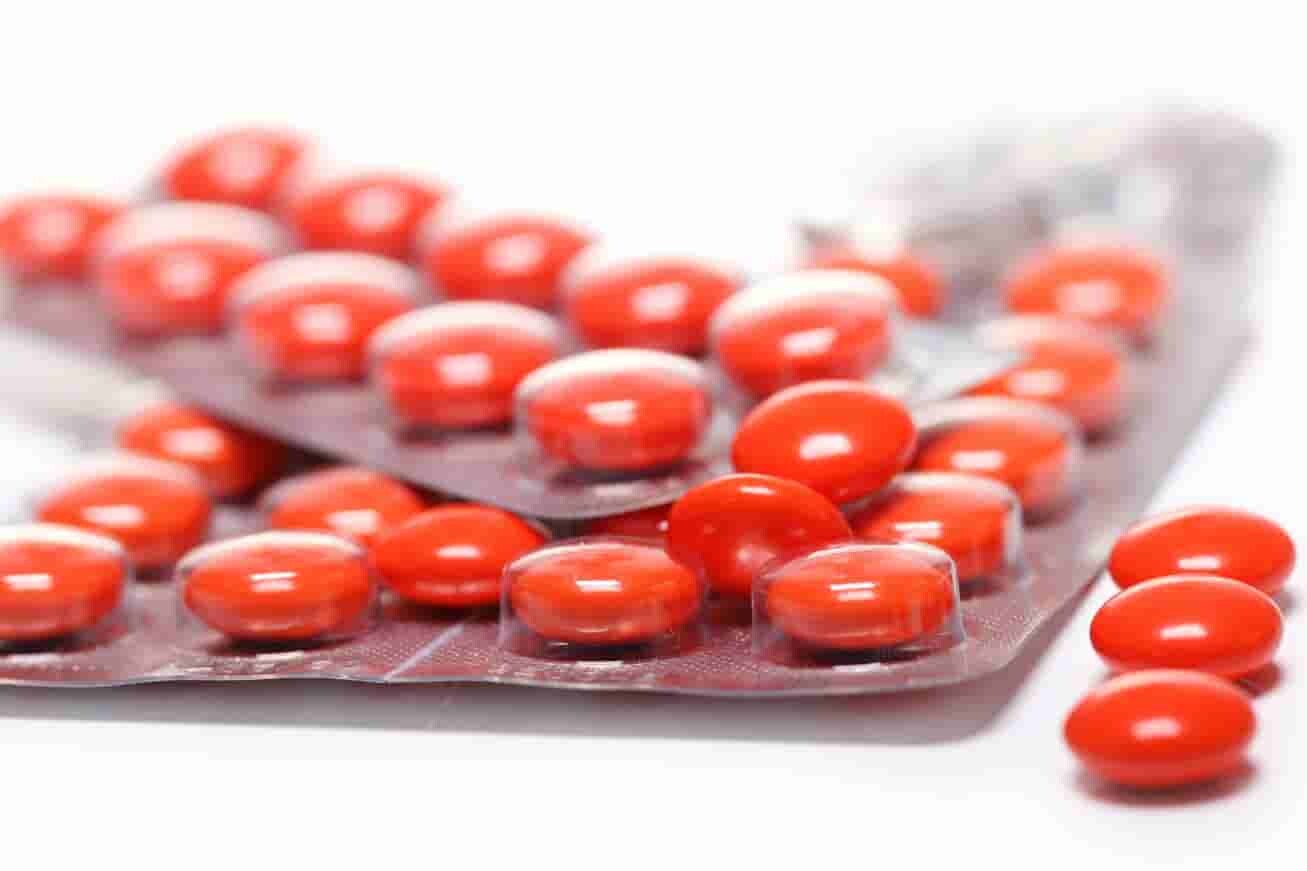
‐ What They Are: These tablets are covered with a layer of sugar. The sugar helps mask any bitter or unpleasant taste of the drug.
‐ What the Drug Needs: The formulation should stay stable even with the sugar coating process. The coating should dissolve easily in the stomach for rapid absorption.
‐ How They Work: The sugar coating is added in layers and gives the tablet a smooth finish. Once in the stomach, the coating dissolves quickly, allowing the drug to work.
‐ Examples: Poten-Cee ascorbic acid tablets, ibuprofen tablets
2. Film-Coated Tablets:
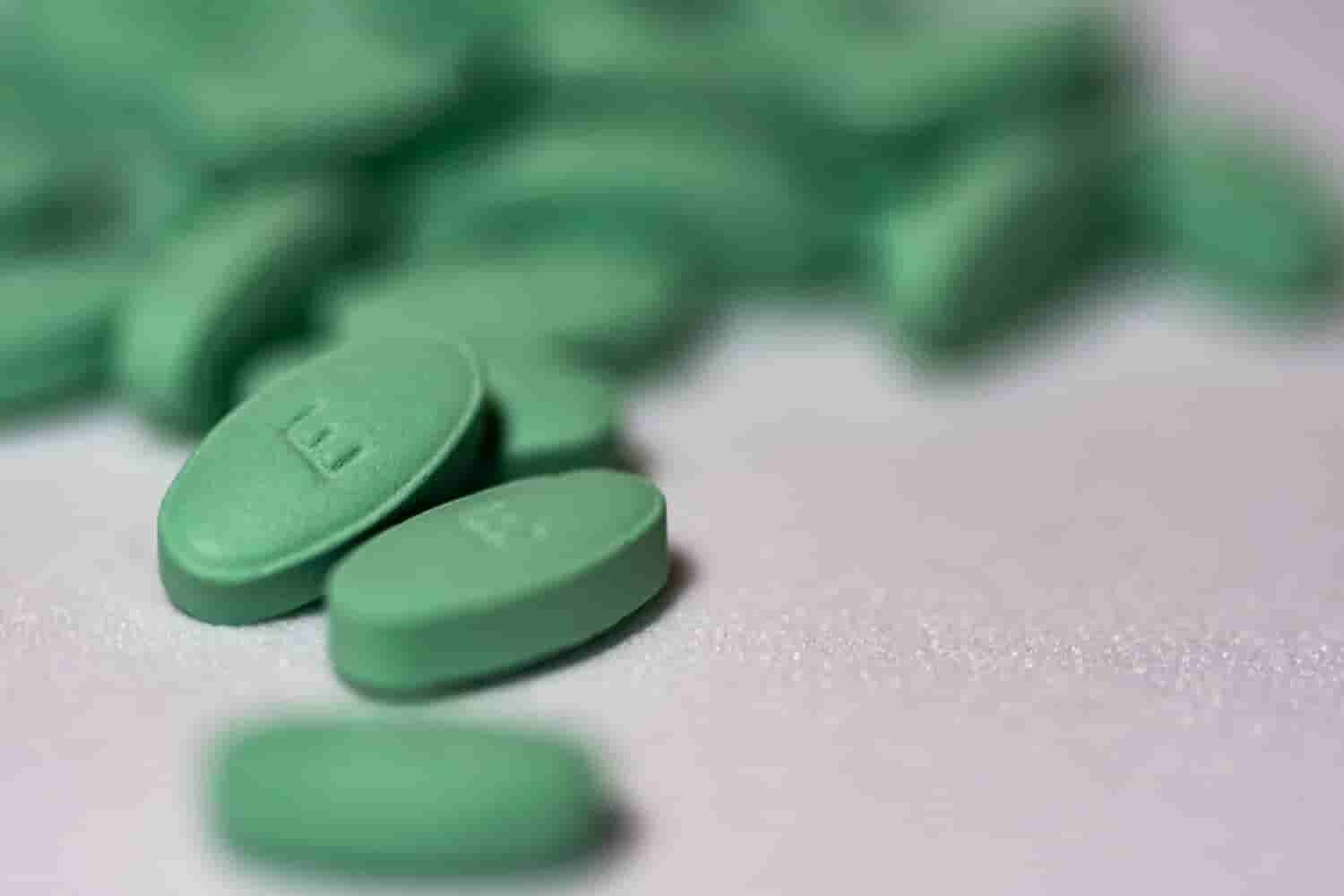
‐ What They Are: These tablets have a layer of polymer coating. This coating is much thinner than sugar, so it doesn't make the tablets bigger. It also helps protect the drug from light and moisture. Many immediate-release tablets are film-coated.
‐ What the Drug Needs: The drug should remain effective during and after the coating process. The film coating can be formulated to dissolve and release quickly or slowly, depending on the medication.
‐ How They Work: These tablets are administered with water. They typically dissolve in the stomach unless they're meant to delay the release.
‐ Examples: Atorvastatin, atenolol
3. Enteric-Coated Tablets:
‐ What They Are: Compared to film-coated tablets, these tablets break down in the small intestines rather than the stomach. Their coating prevents them from dissolving in the acid environment.
‐ What the Drug Needs: The tablets contain ingredients that do not dissolve in the stomach. The enteric coating keeps the tablets intact until they get to the right spot.
‐ How They Work: The tablets pass through the stomach and only dissolve in the intestines.
‐ Examples: Enteric-coated aspirin, omeprazole tablets
The Bottom Line
As a manufacturer, developing safe and effective medications and supplements is essential. And knowing the different types of tablets can be very helpful. From ODTs and IR tablets to chewable and enteric-coated pills, being aware of these options can help you tailor your products to meet specific consumer needs. If you have any insights about the production of different types of tablets, we'd love to hear from you!
Leave your comment
Also Offers
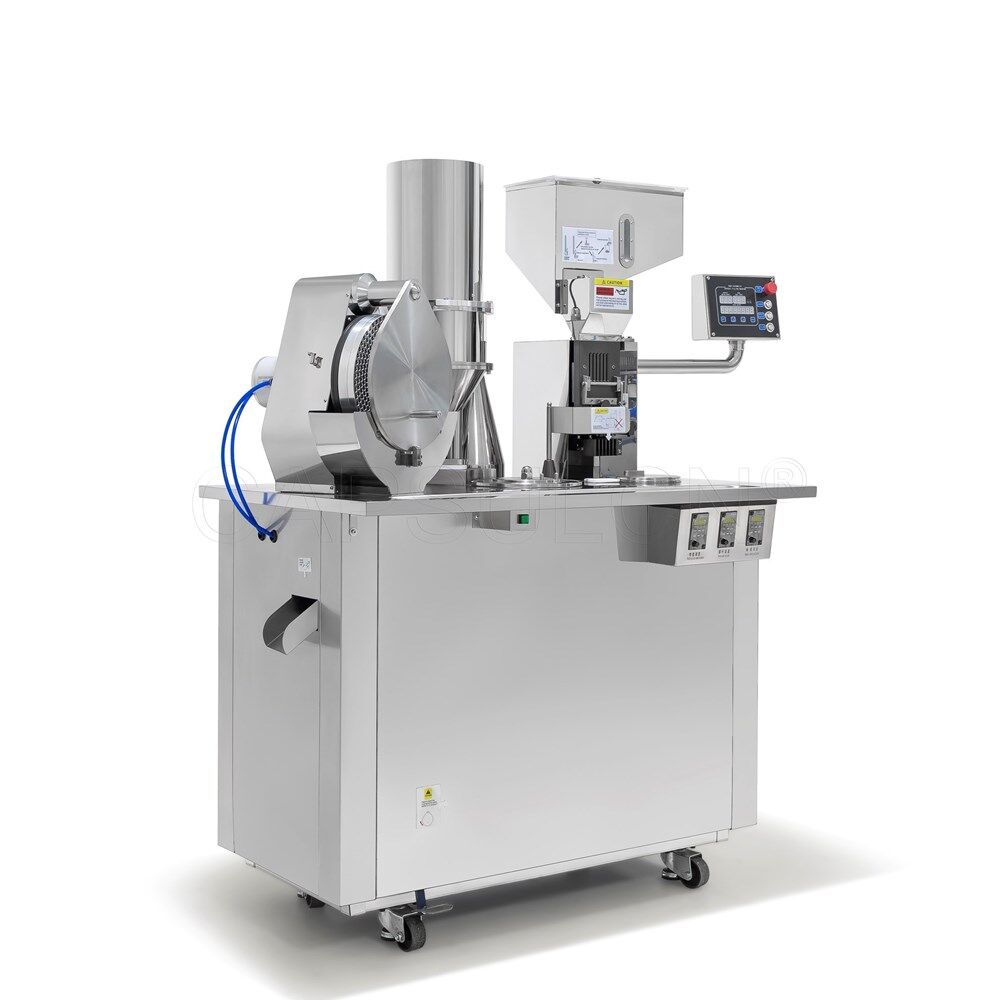
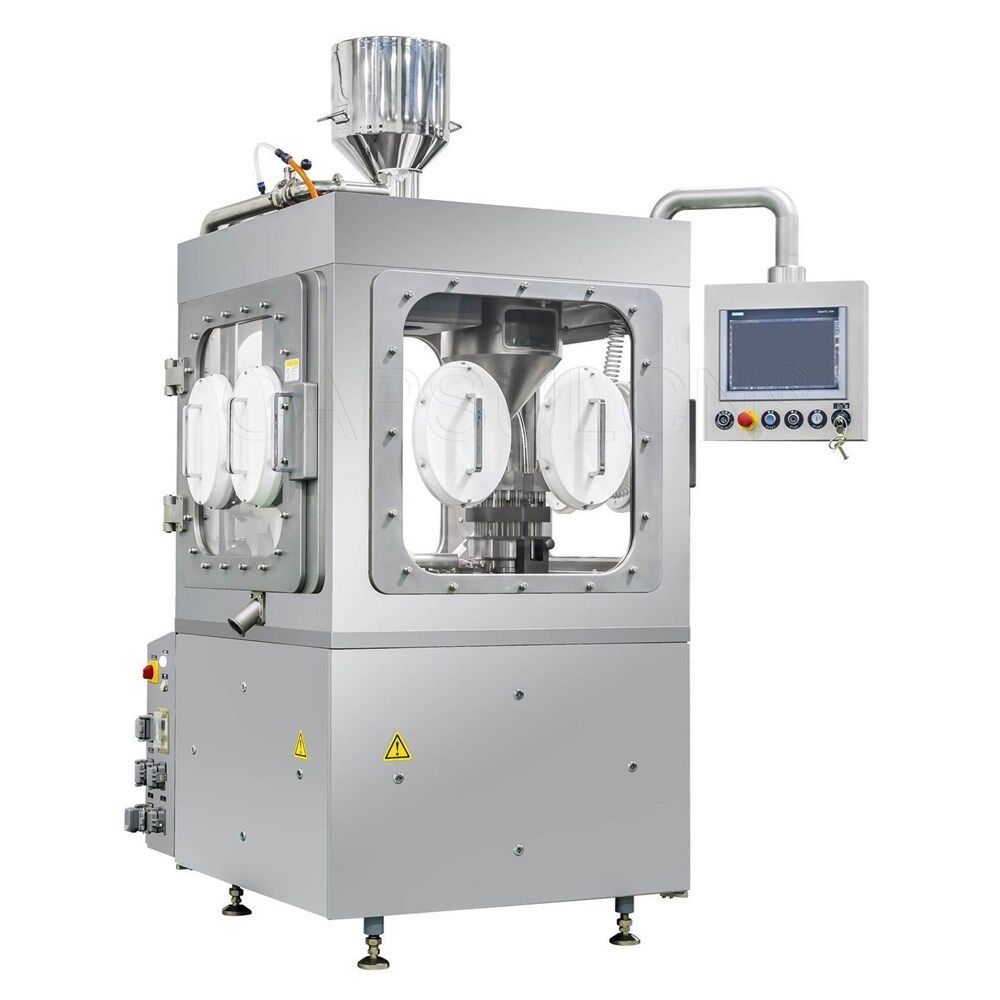
Containment Automatic Capsule Filling Machine SFK-703
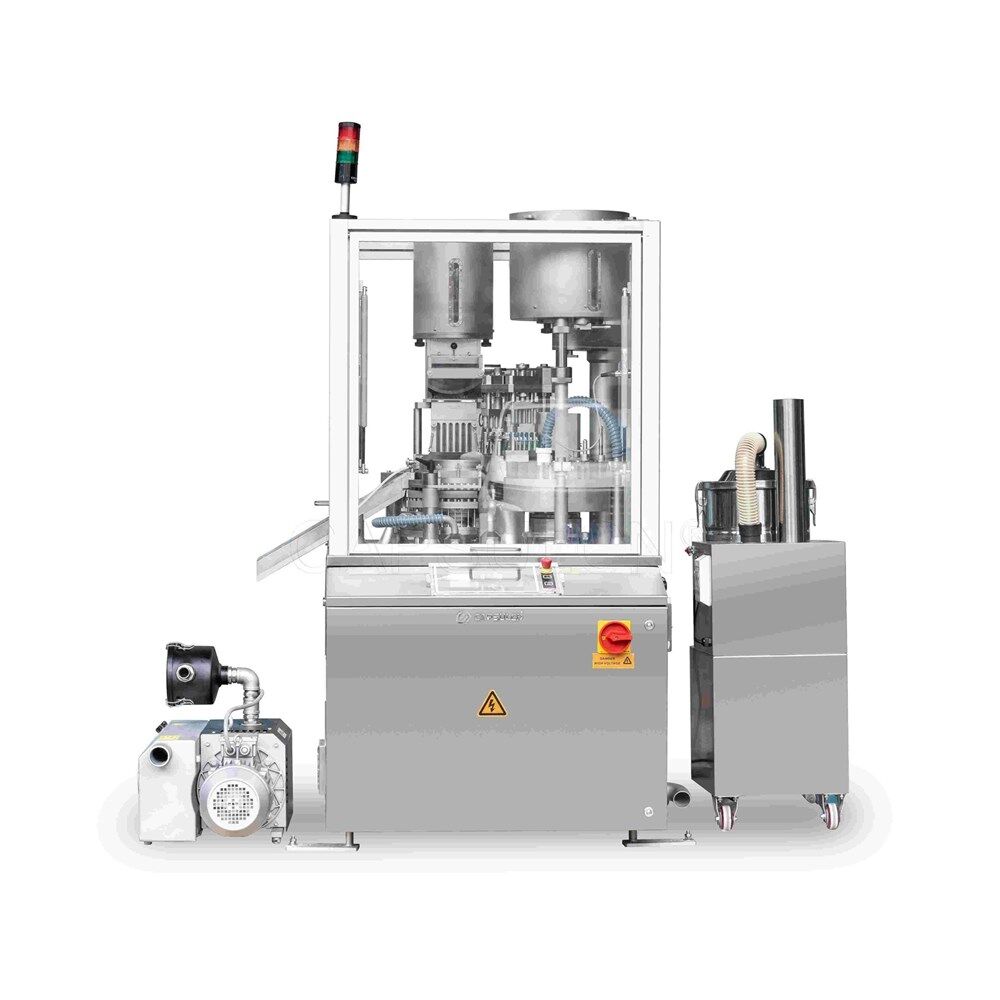
Fully Automatic Dosator Capsule Filling Machine CZ-40

Our Team
As an expert in the pharmaceutical and pharmaceutical packaging industry, iPharMachine has provided solutions for hundreds of pharmaceutical and health product manufacturers for 17 years. By visiting customers, we get good reviews from our customers.
- info@ipharmachine.com
- English Español Deutsche
